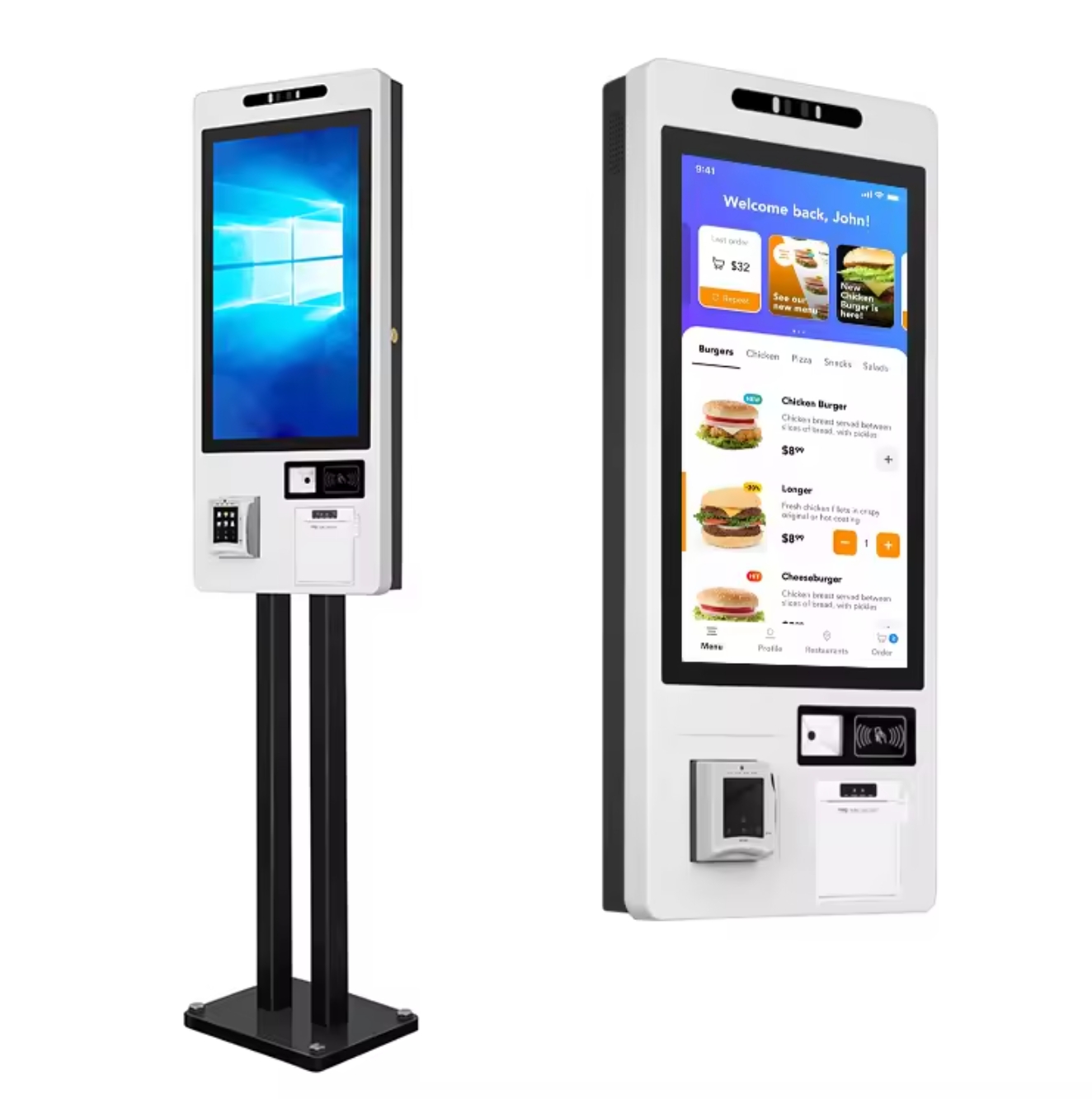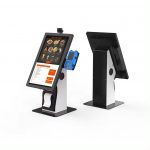What Exactly Is a Self-Ordering Kiosk?
A self-ordering kiosk is an interactive, touchscreen device that allows customers to place their orders independently, without needing assistance from a cashier or server. These kiosks are most commonly seen in fast food restaurants, coffee shops, and some retail spaces. The user simply interacts with the screen to browse through menu items, select their choices, and finalize their orders. The beauty of self-ordering kiosks lies in their efficiency – they streamline the ordering process, allowing customers to make decisions at their own pace and avoid waiting in long lines.
The Convenience Factor
One of the key benefits of a self-ordering kiosk is the sheer convenience it offers to customers. Instead of waiting for a server to take your order, you can walk up to the kiosk, select what you want, customize it if needed, and even pay right then and there. This system helps eliminate the stress of miscommunication between customers and staff, and it reduces the chances of mistakes. Additionally, many kiosks display vibrant images of menu items, making it easy for customers to visualize their choices and make informed decisions faster.

Improving Efficiency for Businesses
For businesses, self-ordering kiosks are a game changer. They allow restaurants and stores to handle more customers in less time, particularly during peak hours when service might otherwise slow down. With fewer staff needed to take orders, employees can focus on other tasks, like ensuring food quality, preparing meals, or assisting customers with special requests. This not only improves the customer experience but also boosts operational efficiency, leading to reduced wait times and increased customer satisfaction.
Enhancing the Customer Experience
Self-ordering kiosks aren’t just about speed – they’re also about enhancing the overall customer experience. They give people the freedom to browse the menu at their own pace, modify their orders (like adding toppings or choosing drink sizes), and even access special deals or promotions without feeling rushed. This type of system also caters to a more tech-savvy, independent generation that enjoys using digital tools for everyday tasks. Plus, with the added bonus of reducing human error, customers are more likely to leave happy with their experience.

